When we talk about composition it’s all about the elements that make up the picture – the light, where it falls, how it falls, when it falls, from which vantage point you take the picture, the point of central focus, color, balance, etc. – and how they all interact. Aperture, shutter speed and ISO ratings are the technical basis of a photograph, but the actual composition of all the elements that we’re including in the photograph, and how they interact, is vital.
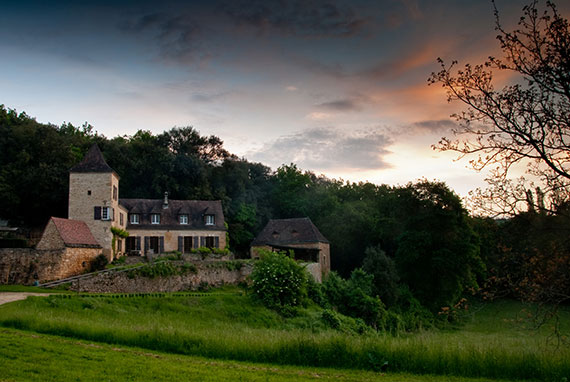
Early morning light on the small chateau.
We can’t control natural light but we can use it. With correct positioning (crouching, lying down, perhaps even crawling!) you can “move” the sun and light up the statue. Kneeling down with a tripod can also give a different aspect.
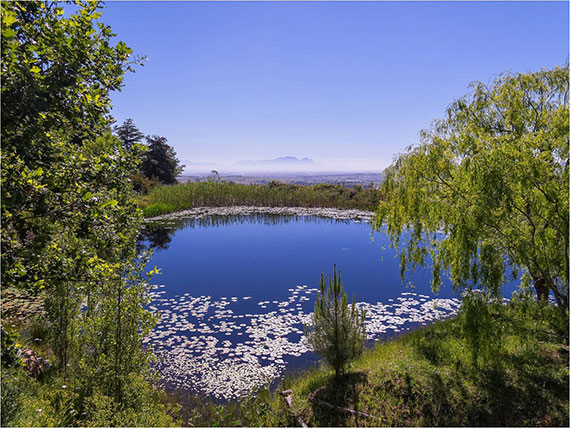
The trees make a natural frame for the dam and help to counteract what’s actually harsh mid-day light.
There are rules for composition, but there are also no rules! I prefer to call them tools. They can be very useful, and it’s well worth knowing them before deciding to break them. Good photographs come from experimenting and trying new approaches, with personal taste and subject matter guiding a lot of our responses to a photograph.
But there are two crucial elements – composition and light.
Some of the other important elements in composition are balance, symmetry, asymmetry, shape, form, pattern, texture and so on, but light is necessary to make the image. In its own right, light is also an essential compositional tool considering its direction, intensity, cloudiness, haziness, and color.
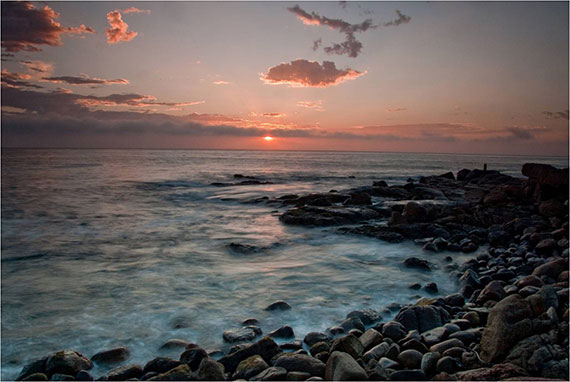
Soft early morning light – the sunlight, coming from low over the horizon, throws all the seaside rocks into relief.
Early mornings can bring wonderful light. It’s a magical time of day and so few people make use of it. You can be the only person, let alone photographer, on the beach!
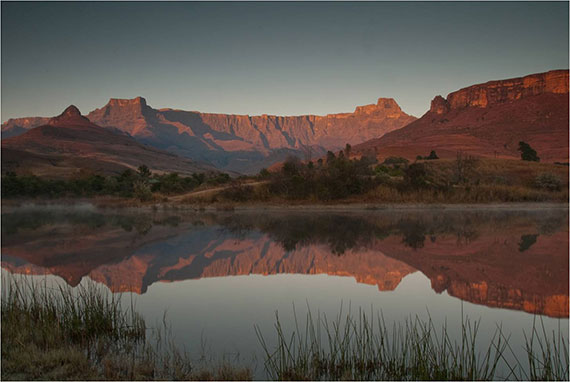
Continuing the feel of morning light, we have the early sunlight catching the mountains giving beautiful reflections in the dam.
Early morning often has the added advantage of no wind, giving a mirror like surface to water. The morning sun also often produces a delightful sky, and using this as a back light can give a dramatic silhouette. Morning sunlight is a swiftly passing phase – plan and be in position to use it.
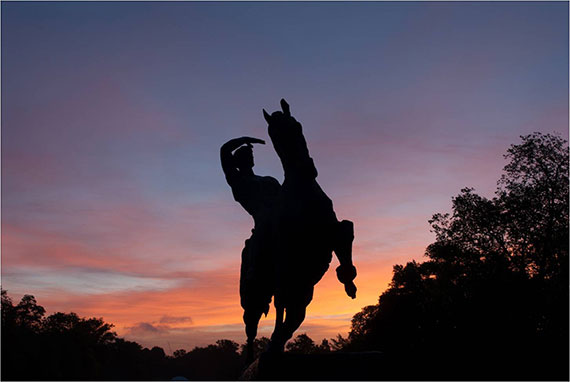
Statue silhouette with a colorful sky background.
During the middle of the day the light can be extremely harsh, and common wisdom is to not take pictures at this time. However, if you’re not coming back just take the picture. With some thought and planning it can be well worth it.
Back lighting can be wonderful at any time of day, as can muted mist.
Evening light is ever changing and can vary dramatically.
There are always opportunities at any time of day. Be flexible. If the weather and lighting aren’t what you planned, change your approach. Evening light can be particularly beautiful. Make the effort to get out at what can be an inconvenient time!
Make use of the surrounding scenery as props to add something extra to your photographs.
As the sky darkens it’s always a good idea to take your pictures while there’s still a hint of blue in the sky. Once that disappears, the whole character of your photograph will change.
Remember that there’s no such thing as “bad light”.
How often have you heard photographers saying – “I went out, and was there really early, but the light was bad so I had to come home” – or some such comment? What a waste of an opportunity. We’re photographers and we should take every opportunity to experiment.
There’s only light, and what we do with it is up to us!
Aperture, shutter speed and ISO ratings are the technical basis of a photograph, but the composition of all the elements that we’re including in the photograph is vital.
Above all, composition is about your way of making other people see what you’re seeing. A snapshot taken by your camera shows other people what your camera is seeing.
When you actually make the effort of composing your image, you direct others to see what you saw.
About the author:
Roger Lee is a Johannesburg-based photographic trainer and a cruise ship Photographic Workshop Host. He runs a “Enjoy Your Camera” course and has eBooks for people who don’t want to drown in detail just take good images at www.camerabasics.net.
Like This Article?
Don't Miss The Next One!
Join over 100,000 photographers of all experience levels who receive our free photography tips and articles to stay current:
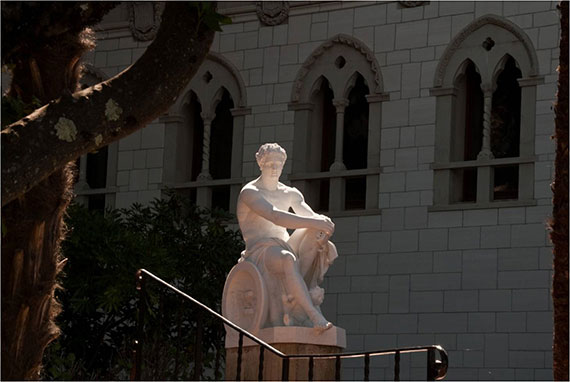
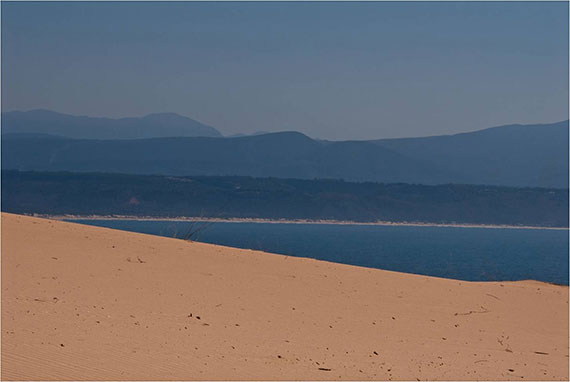
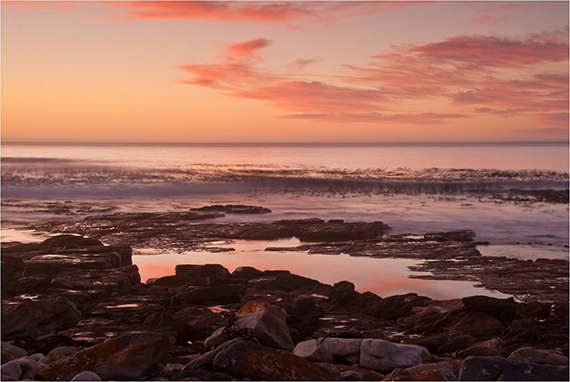
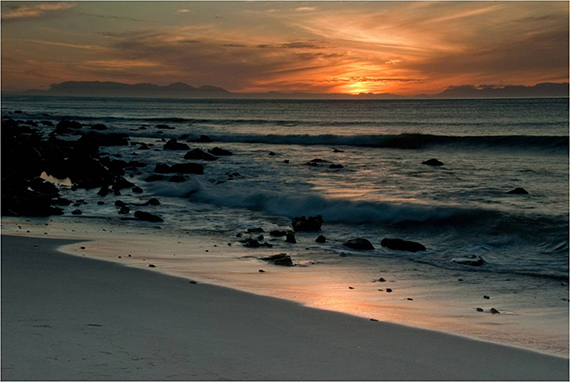
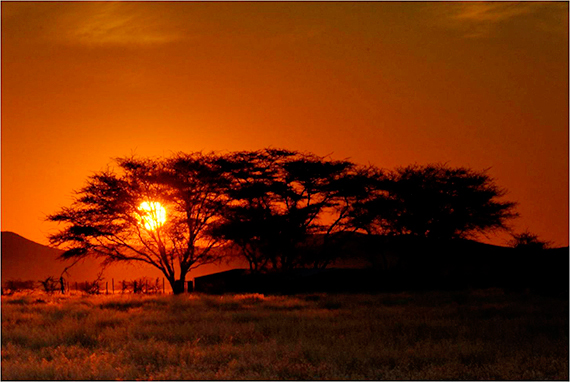
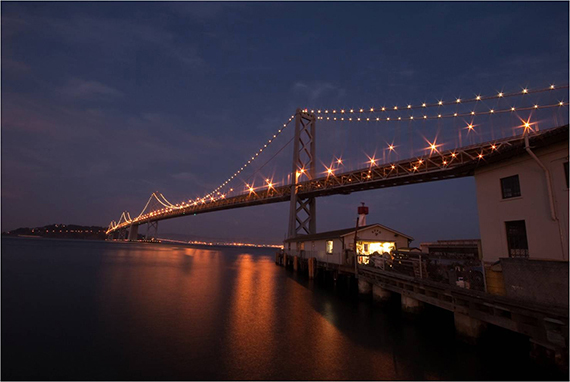
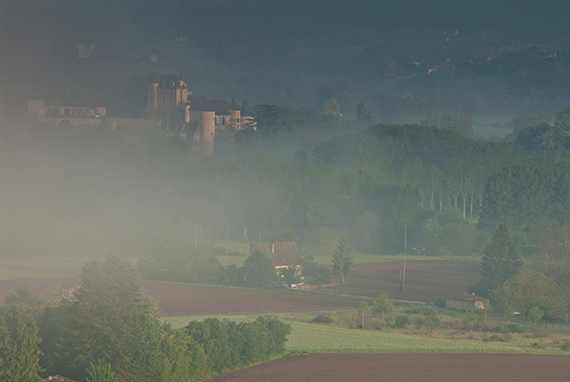
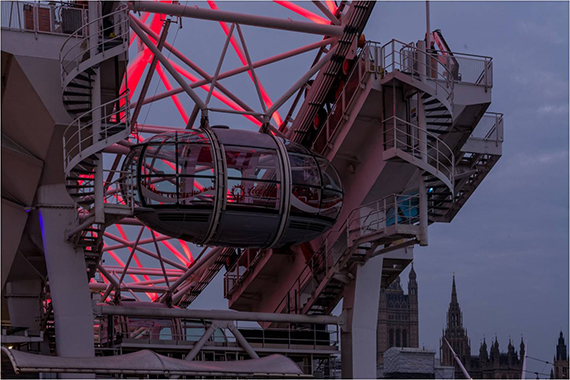





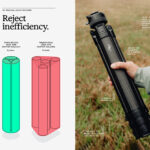
Leave a Reply